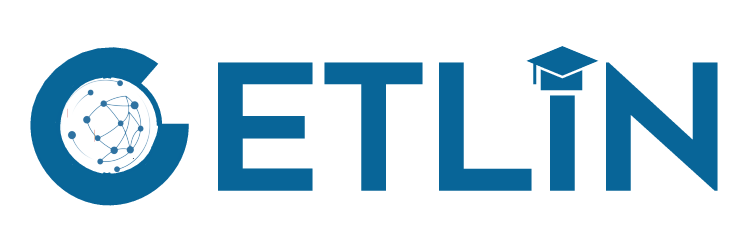Current international examinations (PISA, TIMSS)
Norway’s PISA scores have remained stable high level across PISA cycles in the three main domains assessed (Jensen et al., 2018). However, despite relatively high spending on education, there is still room for improvement in the Norwegian education system, especially for gender gap and immigrant students.

Figure 1. Trend of PISA score in reading (Lesing),mathematic(Matematikk),Science(Naturfag)
Source: UiO (2019)
In PISA 2018, 15-year-old students’ performance in Reading literacy (M = 499), Mathematics (M = 501) and Science (M = 490) was above the OECD average (M reading = 487 ;M mathematics = 489; M science = 489). The lowest performance gaps relating to students’ socio-economic background was lowest across OECD countries. In reading, 19.3% of the students showed a level 2/ below 2 (OECD average 22.6%); 11% obtained level 5/higher than 5 (OECD average 9%). The socio-economic status explained 7.5% of the variance in reading scores, which was well below the OECD average of 12%.
However, the gap between genders is more pronounced, with girls performing better than boys in all three domains. Girls’ performance is higher than boys with 47 points in reading (OECD average: 30 points), 7 points in maths (OECD average: 5 points higher for boys),11 points in science (OECD average: 2 points). Furthermore, students from immigrant backgrounds scored 33 points lower in reading than their peers from non-immigrant backgrounds, which is larger than the OECD average gap of 24 points.
In another international examination (TIMSS) held in 2019, Norway also performed well. Students from fifth grade scored 543 points in Mathematics over the TIMSS CenterPoint (M = 500), ranking 11th among 64 participating countries. The best Mathematics results have been obtained by Singapore (M = 625), Hong Kong SAR (M = 602), Korea, Rep.of (M= 600), Chinese Taipei (M= 599) and Japan (M = 593) (Mullis et al., 2020). At the same time, achievement at the fifth grade in Science (M= 539) ranks 8th. Since participating in TIMSS in 1995, the performance of 4th or 5th graders in math and science has fluctuated, but there has been an overall improvement.


